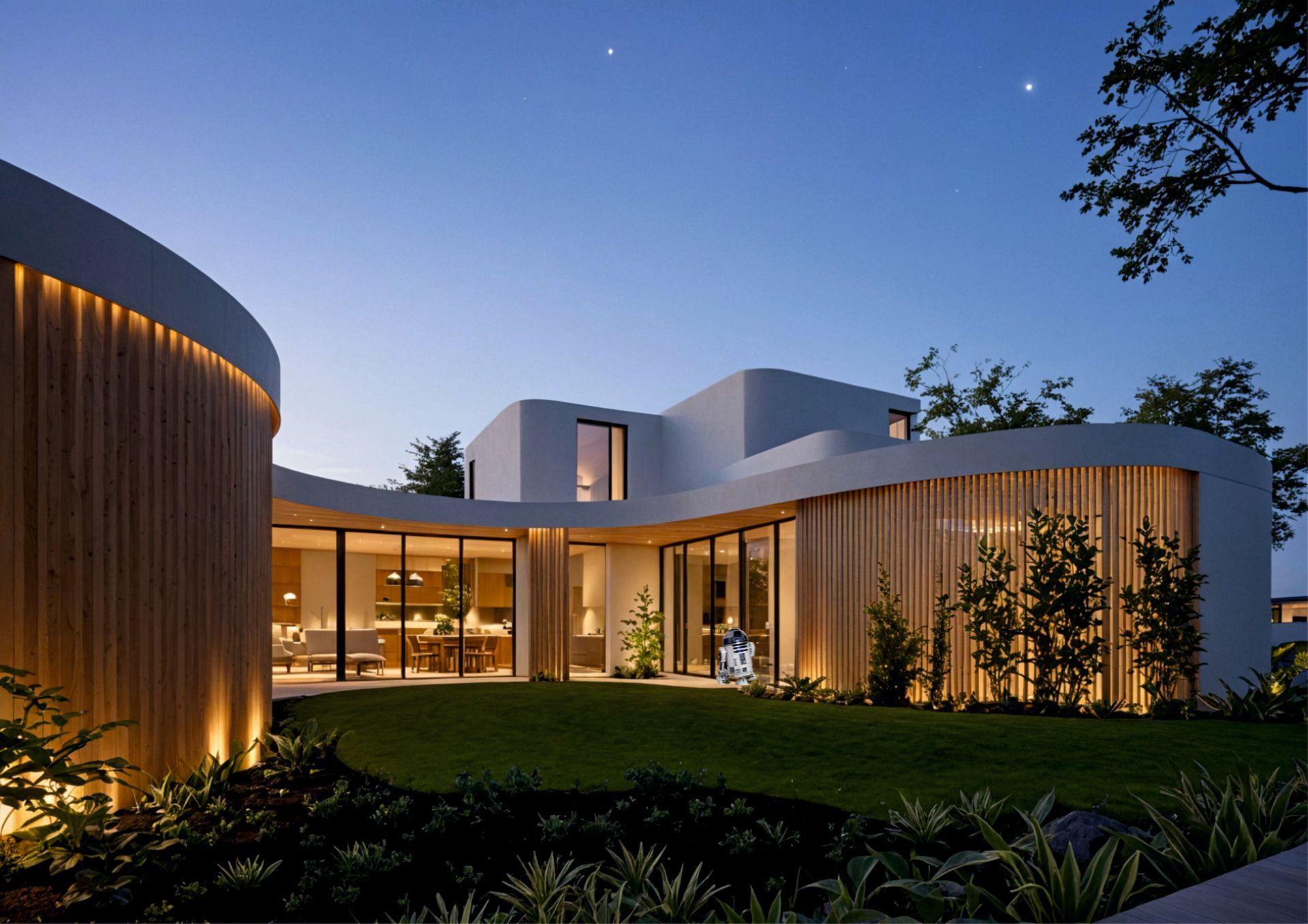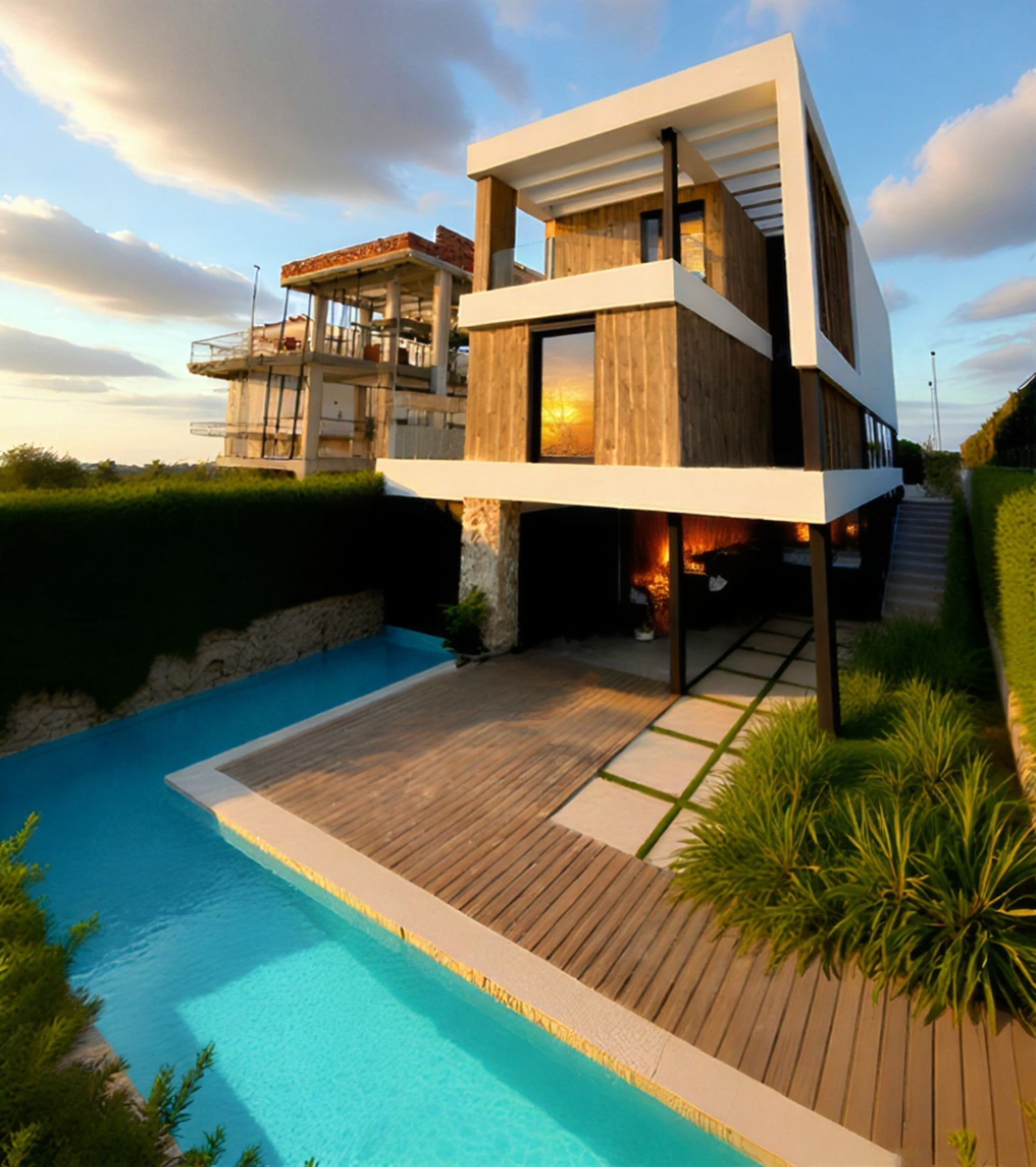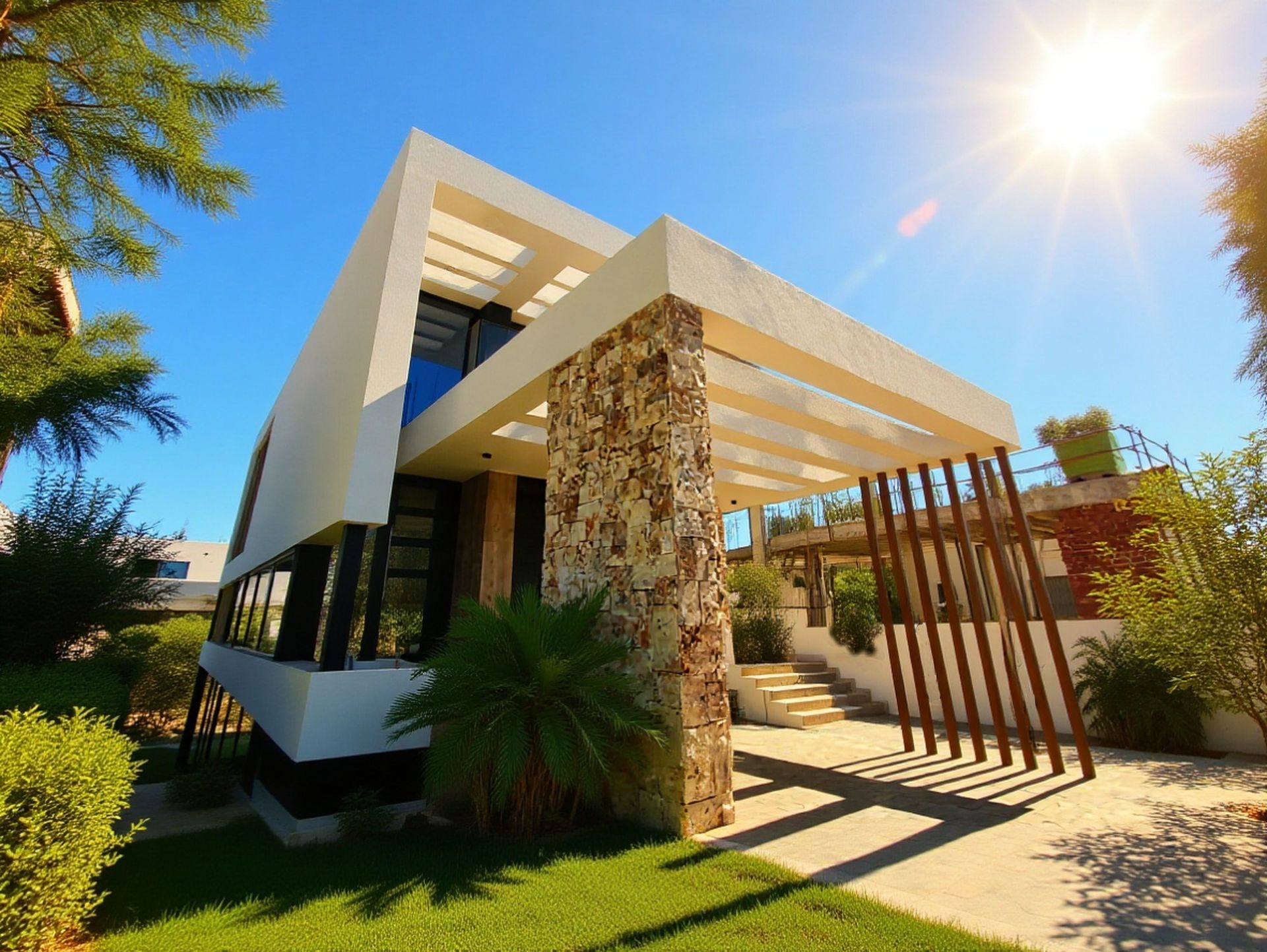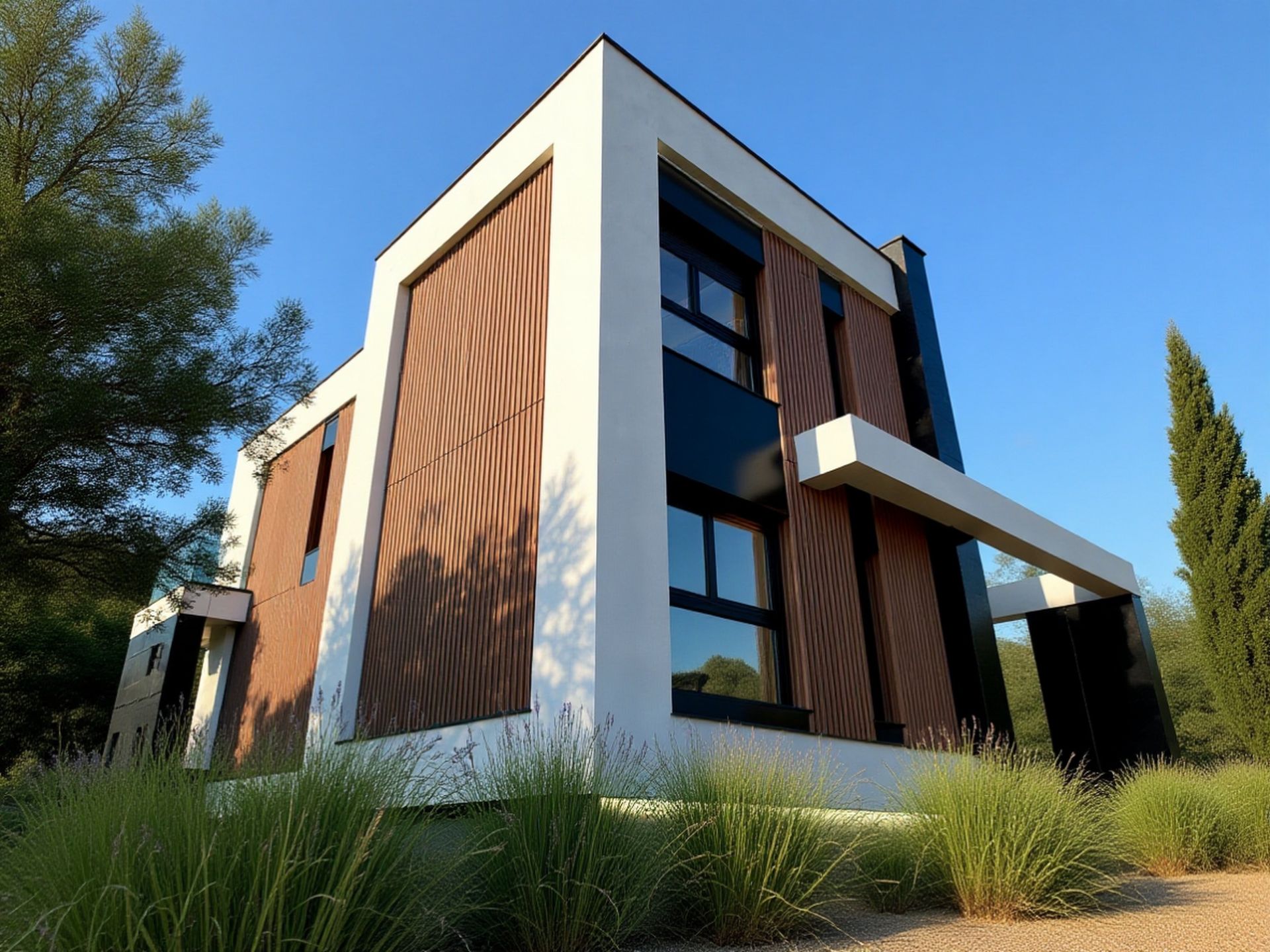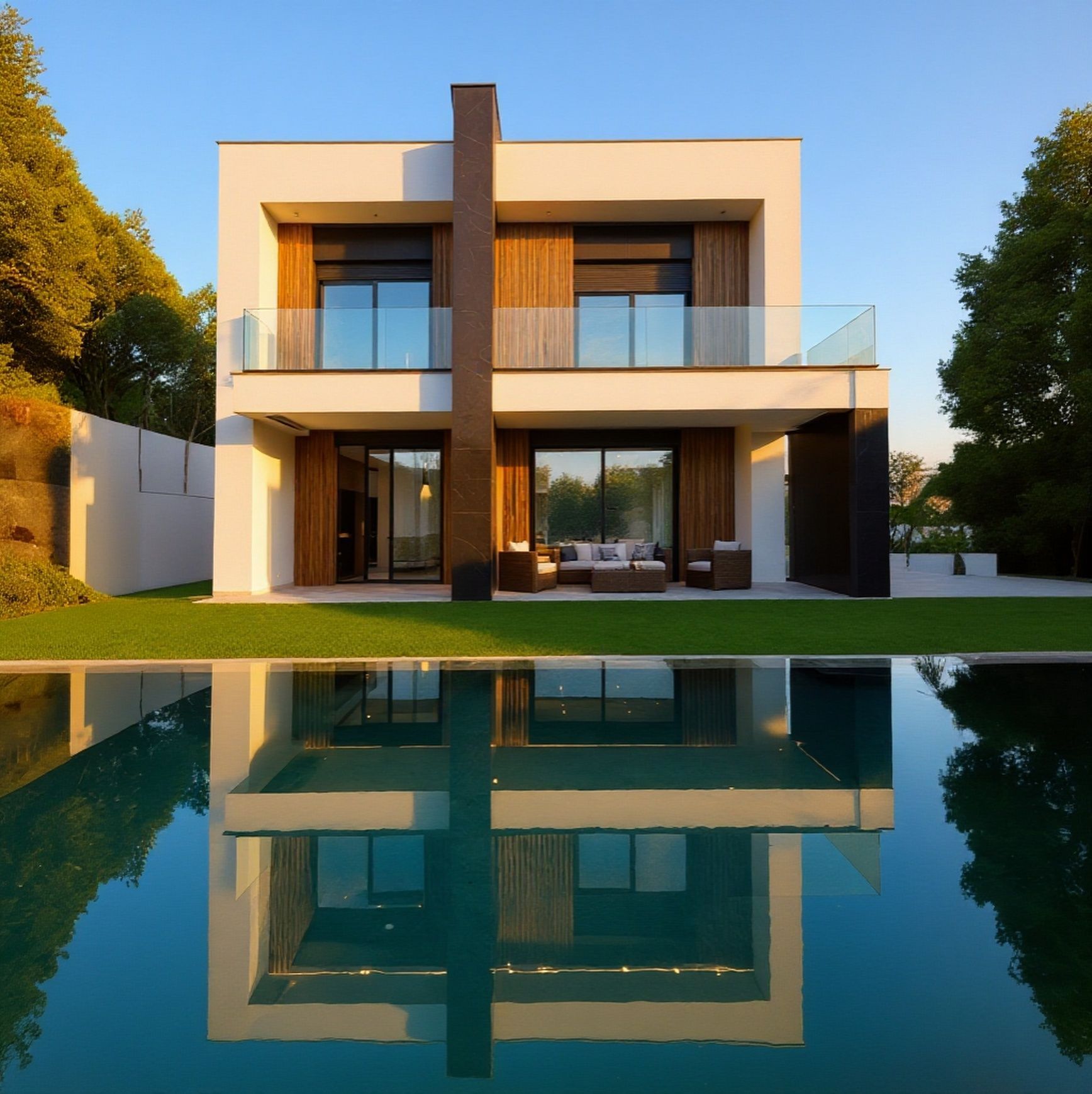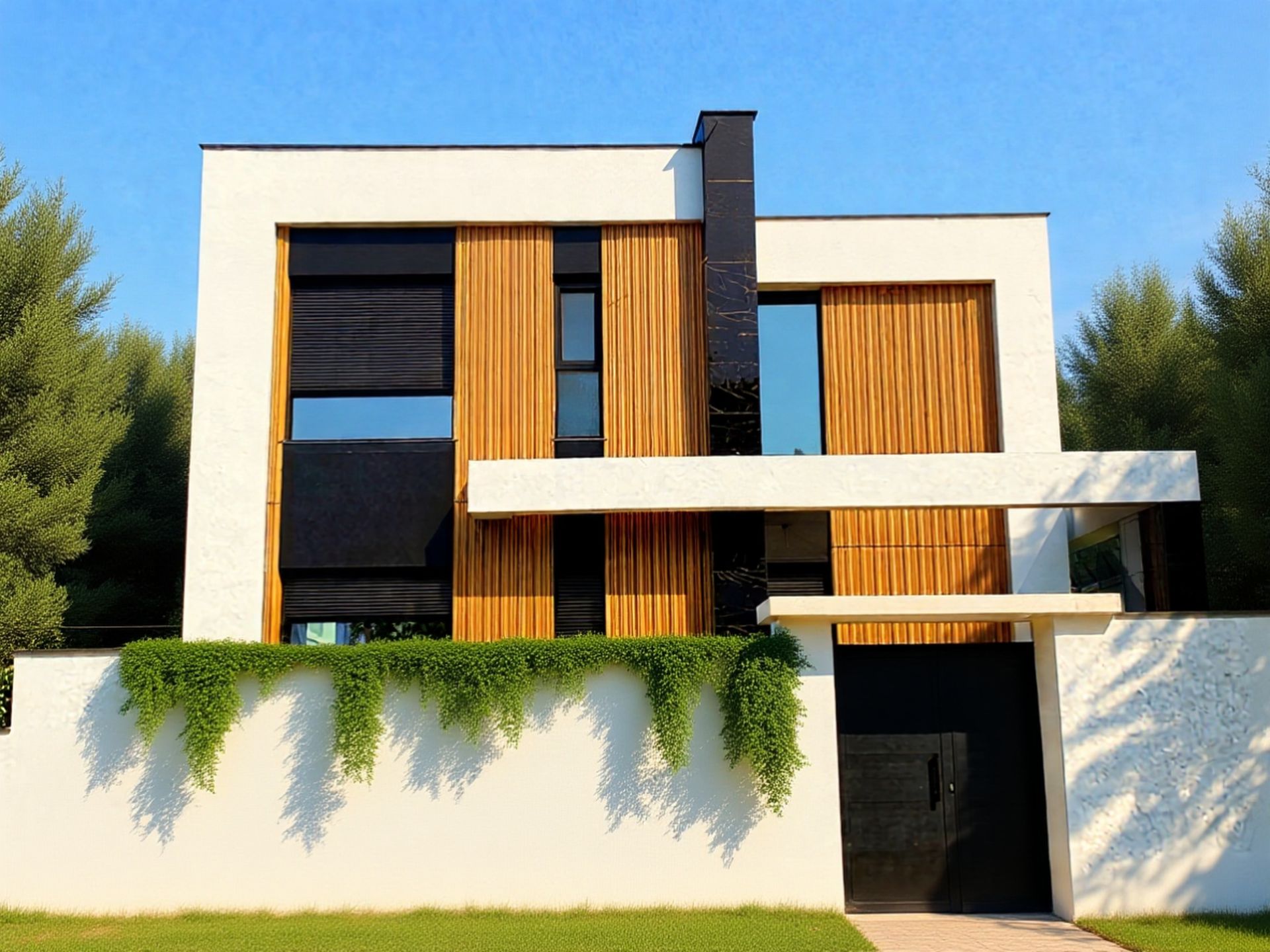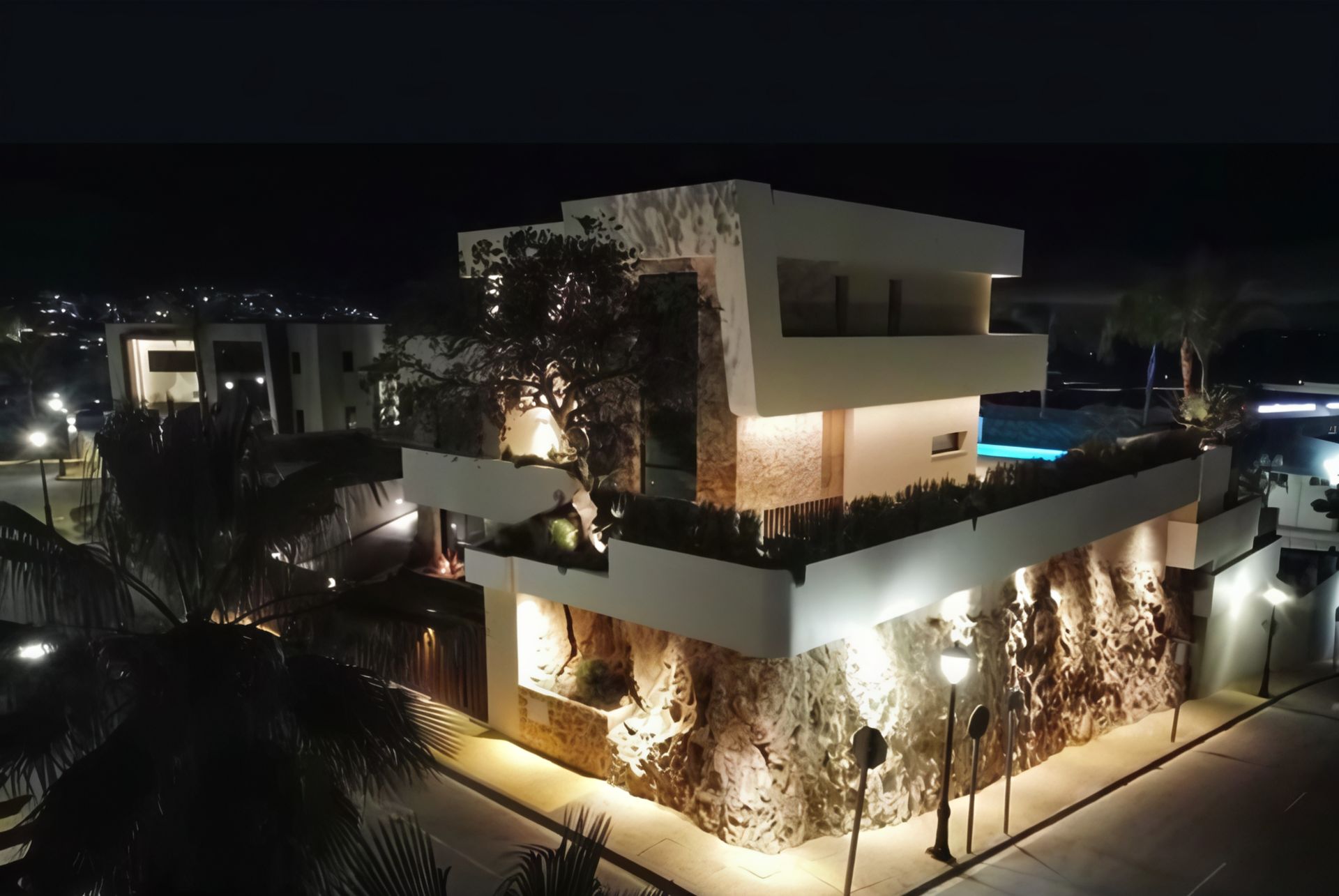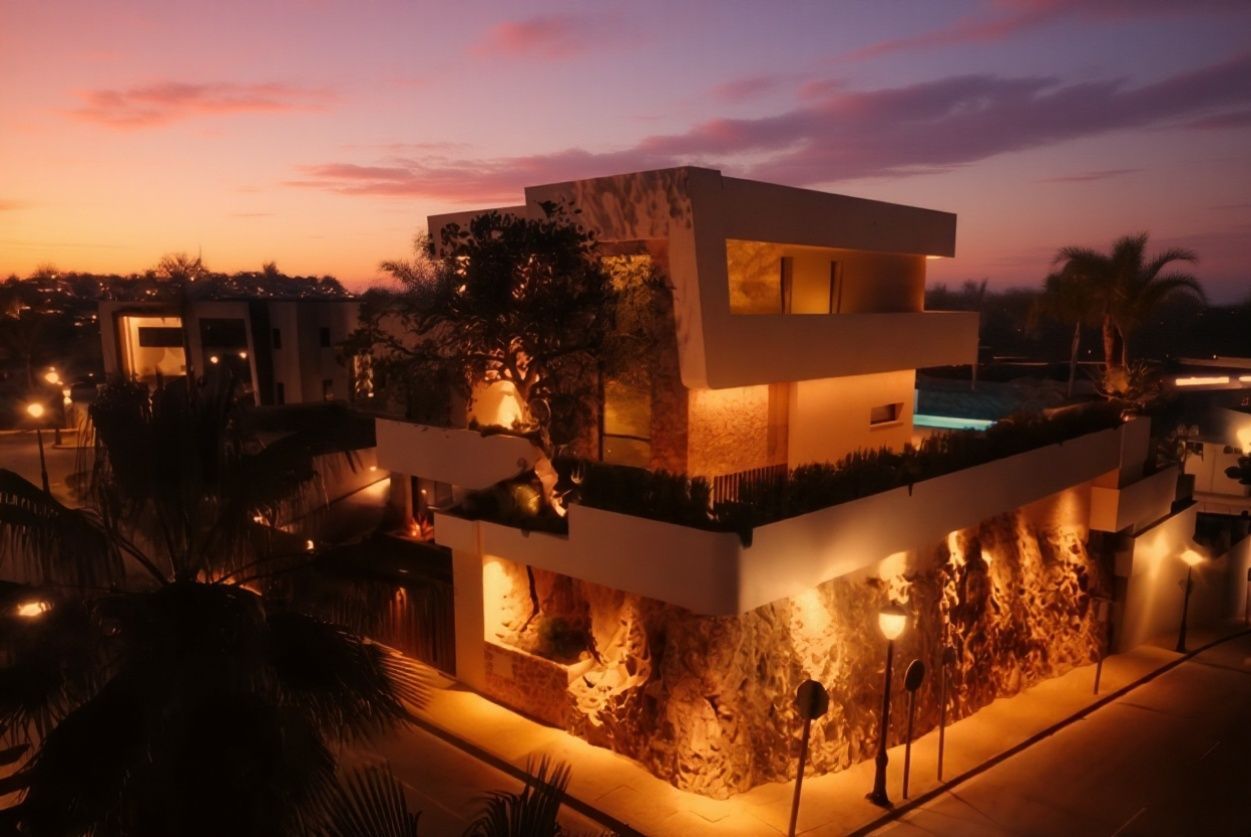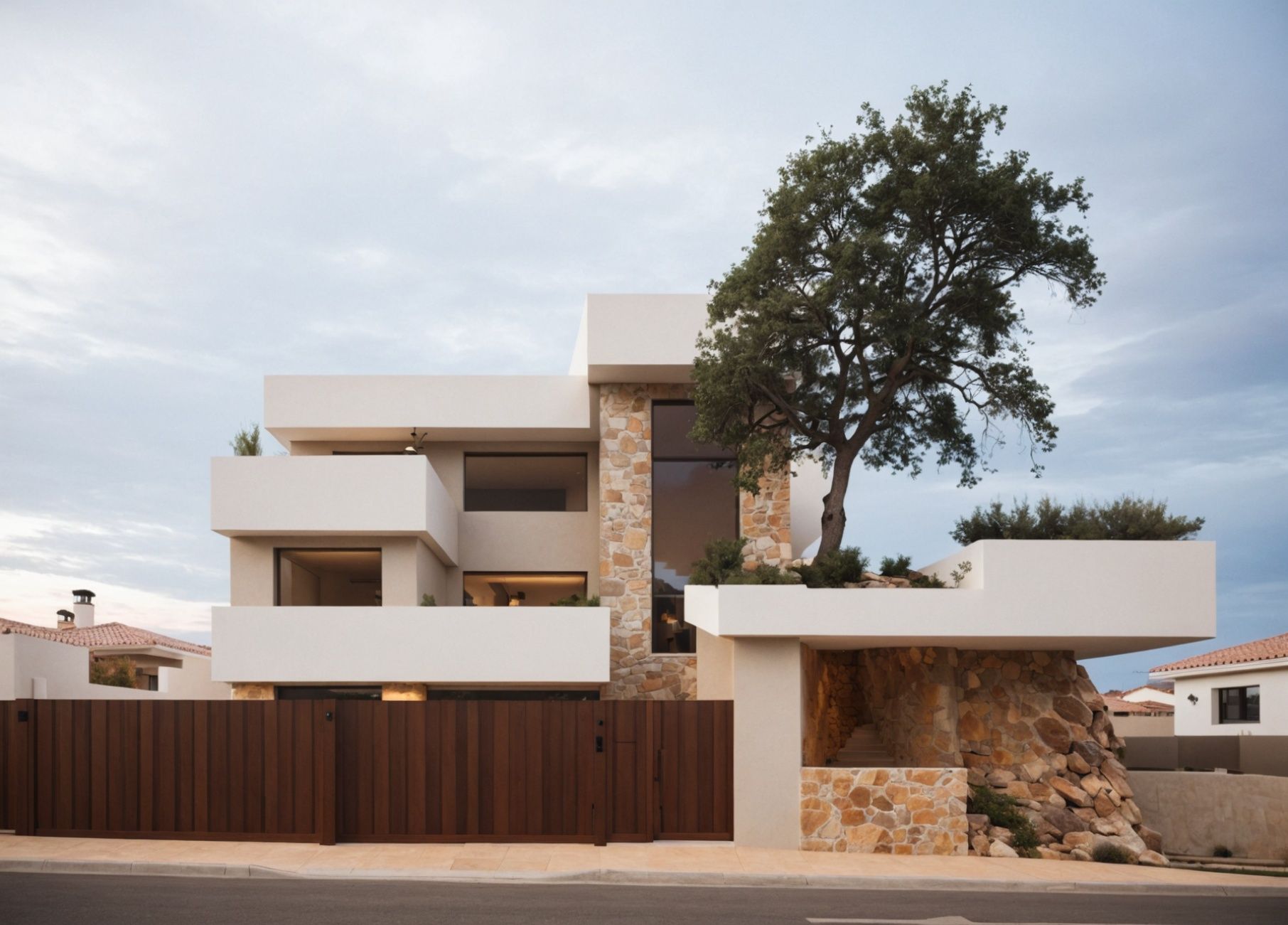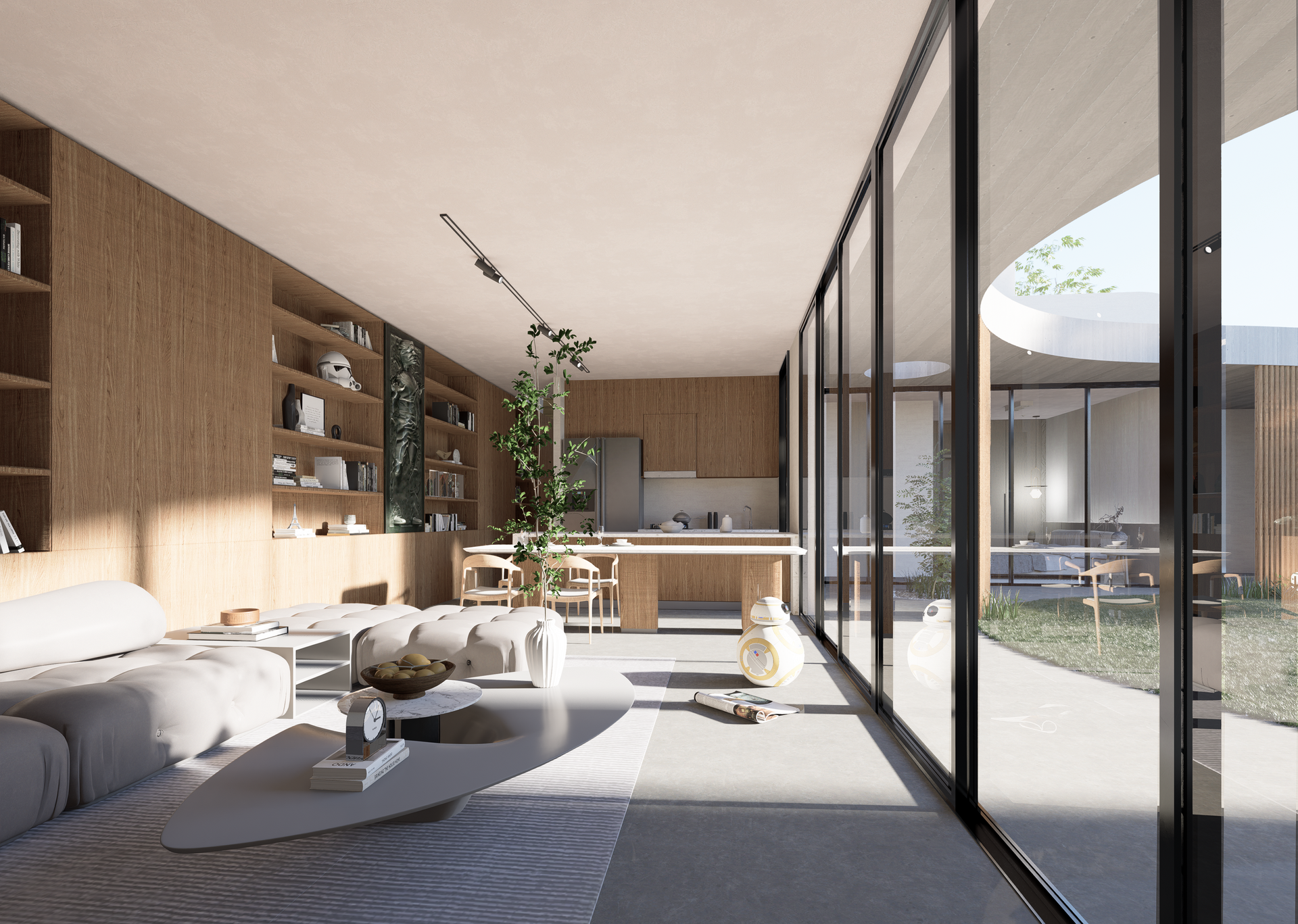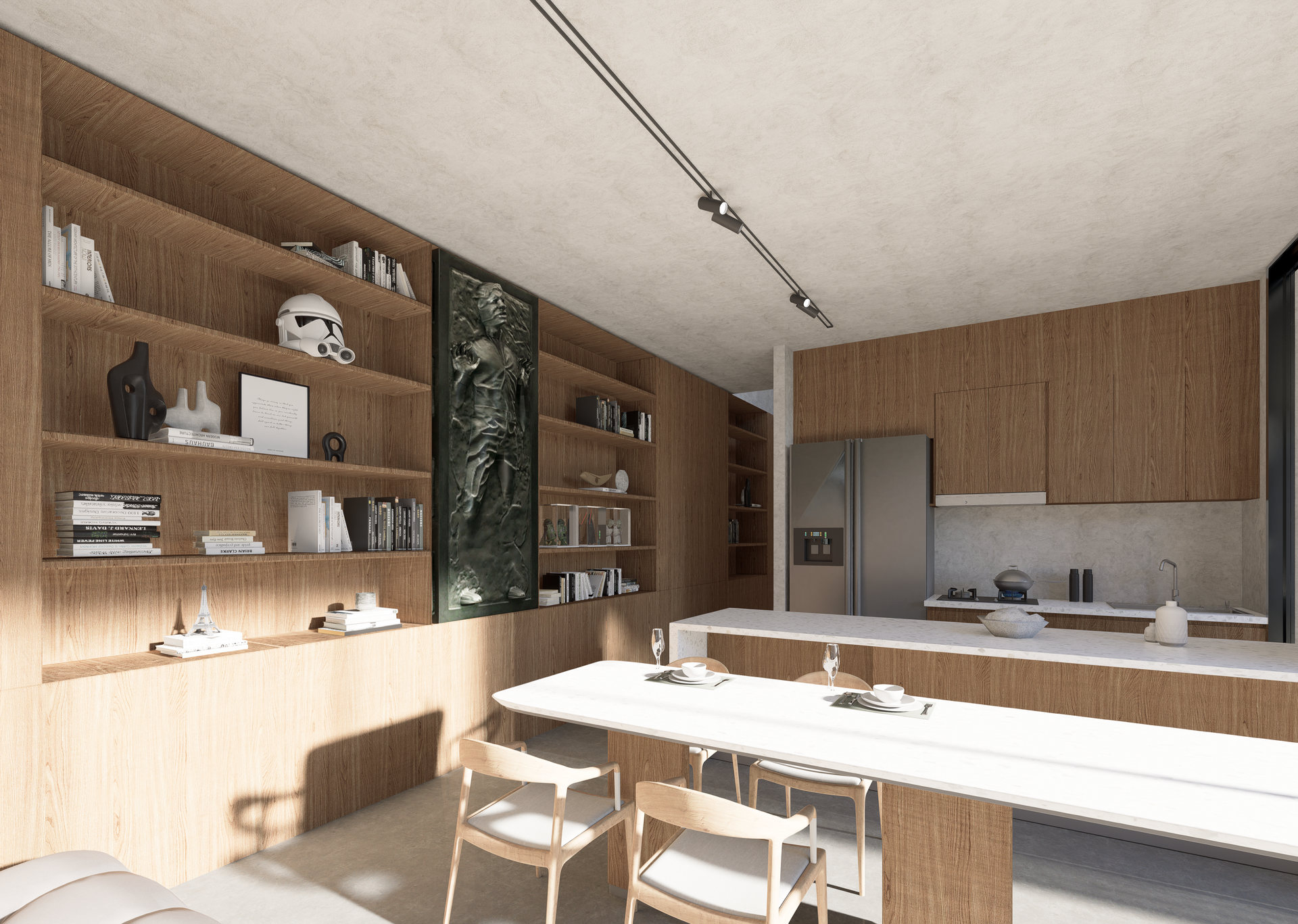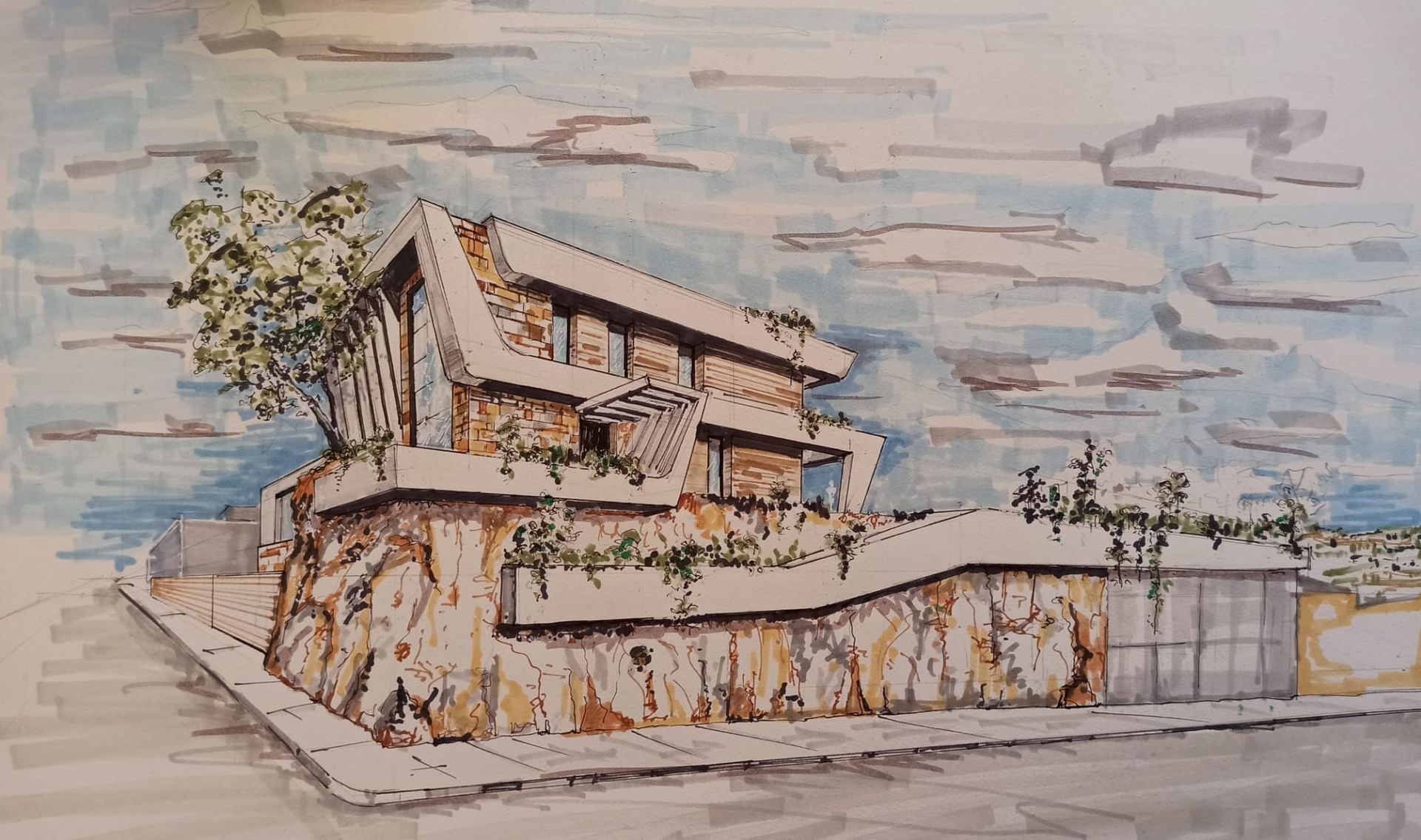About me
I'm not going to give you my resume, my membership number, or a list of the competitions I've won or the hundreds of projects I've written. Google offers that to you when you enter my name.
Maybe it's because I'm getting older that I know that what's important, what makes me the architect I am, isn't the master's degrees and titles I've accumulated, nor the awards I've won, but rather what I've lived, enjoyed, and also suffered over these years.
I'll tell you.
I'm increasingly convinced that it all started one night in the 1980s. I was about 10 years old, woke up, and walked into the next bedroom. There was my uncle Justo leaning over a large drawing table lit by an old-fashioned lamp.
He was studying architecture and living with us in Seville. I was amazed by that calm, silent atmosphere and those freehand lines drawn on that enormous plan with that sepia-colored mechanical pencil. I remember drawing the pavement of a square.
That moment stayed in my subconscious, and when I finished high school, I knew my only option was to enroll in architecture.
So, in 1996, my journey as an architectural apprentice began. Seven years of study (and I did it year by year), from which I learned two things:
The first is that I became hooked on designing. Designing places became my fuel, my antidepressant, my passion.
The other is my friends. They made those years fly by. Many of them have become great architects. I'm sure you've been in hospitals, theaters, or plazas designed by some of those fabulous people with whom I still enjoy working together every time.
In 2003, with my degree already under my belt, I spent some time with my uncle Justo Masot (the one with the early morning flexo) and then, knowing that he would always be there, I went to work with a great Chiclanero, Gustavo Ávila.
I'll never forget you, my friend. With you, I won my first competition; I saw what it meant to have judgment and passion, hard work and enjoyment. You left too soon. Thanks for everything. I'm sure Antonia will be making you the best fried anchovies in heaven now.
It was 2004, and there was plenty of work, a construction boom, but I wasn't prepared for the complex world of large-scale development. Perhaps that's why I was recruited to work at the renovation office in the historic center of Cádiz.
Architects were needed who, for little, were willing to fight in the trenches of restoring Cádiz's heritage. A tough and intense school of construction and human psychology.
A novice like me, facing century-old buildings with wooden beams imported from America to reinforce, large oyster stone walls to support, Italian marble columns to straighten... I learned equally about providing technical solutions and mediating conflicts with neighbors, families, and the administration...
Seeking certainty, foolishly, I enrolled in the Master's program in Building Repair at Fidas. There, I asked two prominent figures from the university how I could construct the elevator shaft for a community that, by all means, had to be over the vault of an old cistern. Their response was:
"You're not going to learn anything from that play."
They were right.
Fortunately, I wasn't alone. At that time, I began working with Antonio Vallejo. A true surveyor, one of the old-school types, one who knows how to make a building levitate so he can replace pillars or straighten columns. He had been renovating the Cartuja Monastery in Seville, repairing churches and castles, and I was lucky that he accepted me as a pupil and friend.
To ease my tension, I continued entering competitions, and it seemed I was good at it because I won some of them.
But the construction crisis hit. Just when I thought I was going to take on the world. It was a different school of thought. I made a lot of mistakes back then, and I guess that's why I learned so much. Three things mainly:
There were no longer any major projects, public or private, but there were still home renovations. I was able to do hundreds of home layouts during those years, for all kinds of clients, in apartments where it wasn't easy to get what they asked for and more.
I developed a knack for seeing spaces and mentally redistributing them, trying to get the little ones who were already accompanying us, my beautiful wife, who put up with me in the worst of times, and me to sleep.
The second thing is that, despite what some of those who loved me most advised me, I wasn't going to leave architecture to study for a competitive exam.
And finally, the importance of money. Unfortunately, without it, there is no freedom in our world. Without money, I couldn't pursue my passion.
After all these years, I'm still here, albeit with less hair, a large family, and a construction crisis, with the same enthusiasm as when I started and the same desire to sit at my desk with my flexo, drawing with a mechanical pencil. Working with my uncle, with many of the friends I met in architecture school, and eager to continue facing whatever lies ahead.
Of course, there's much more, but as we get to know each other, I'll tell you many stories that this profession provides and that have led me to be able to help you with whatever I hope you ask of me.



